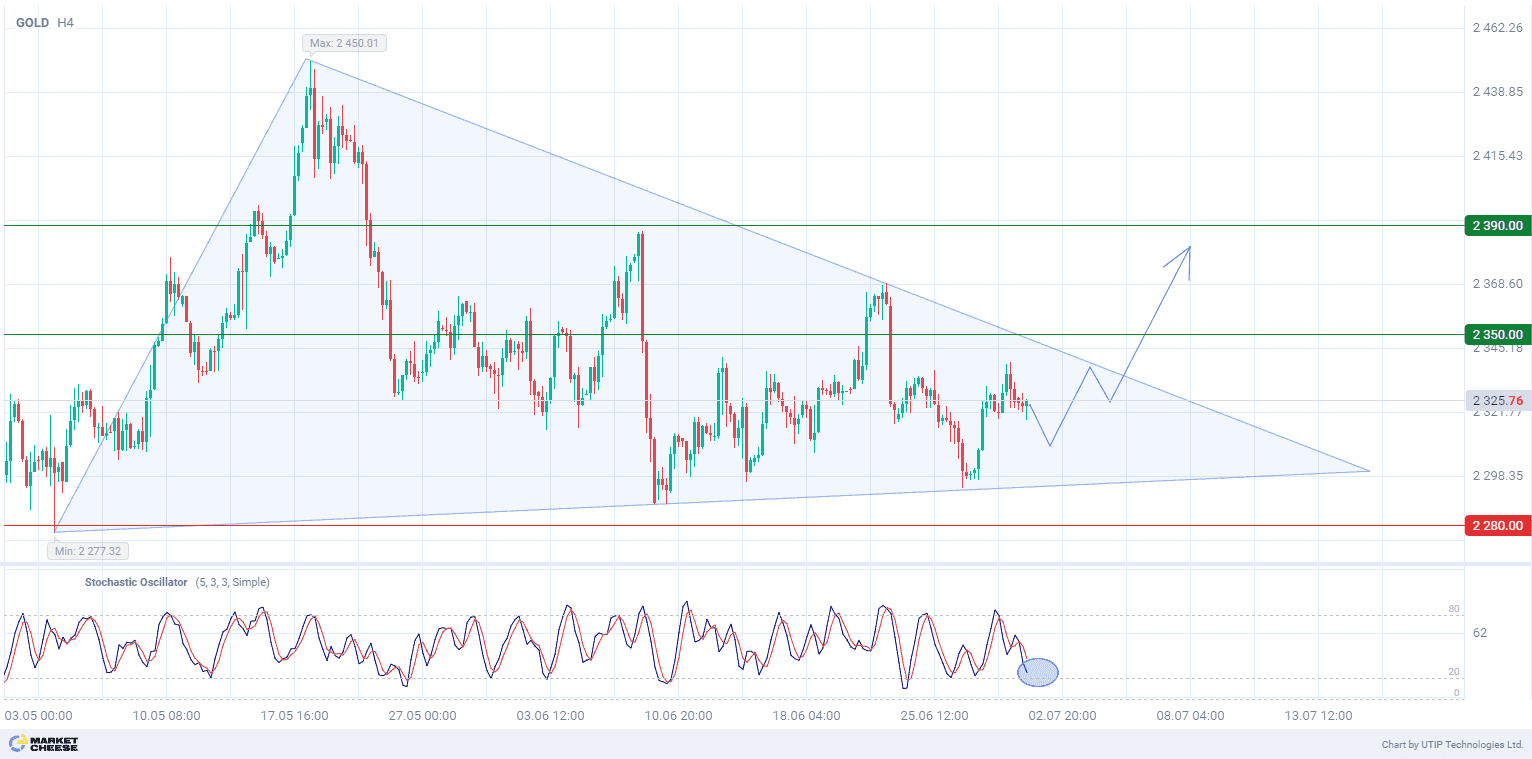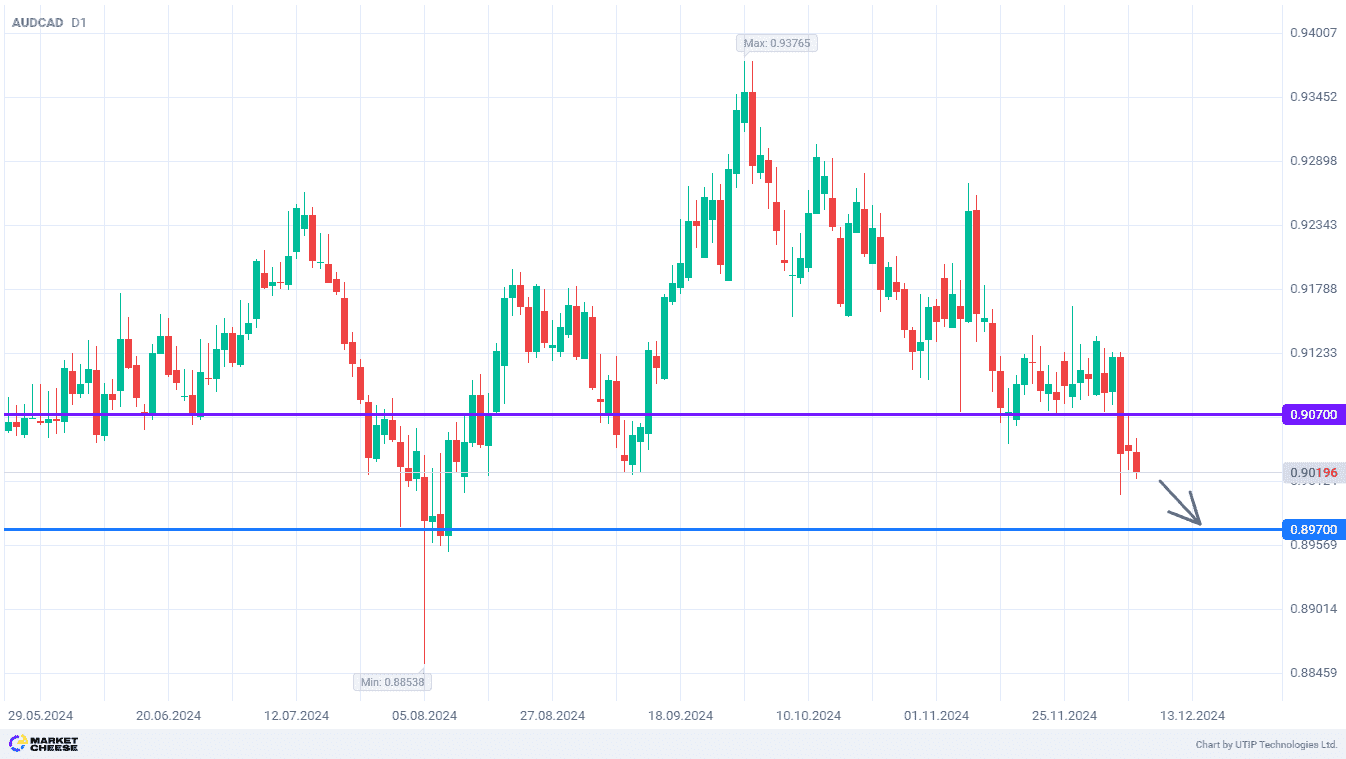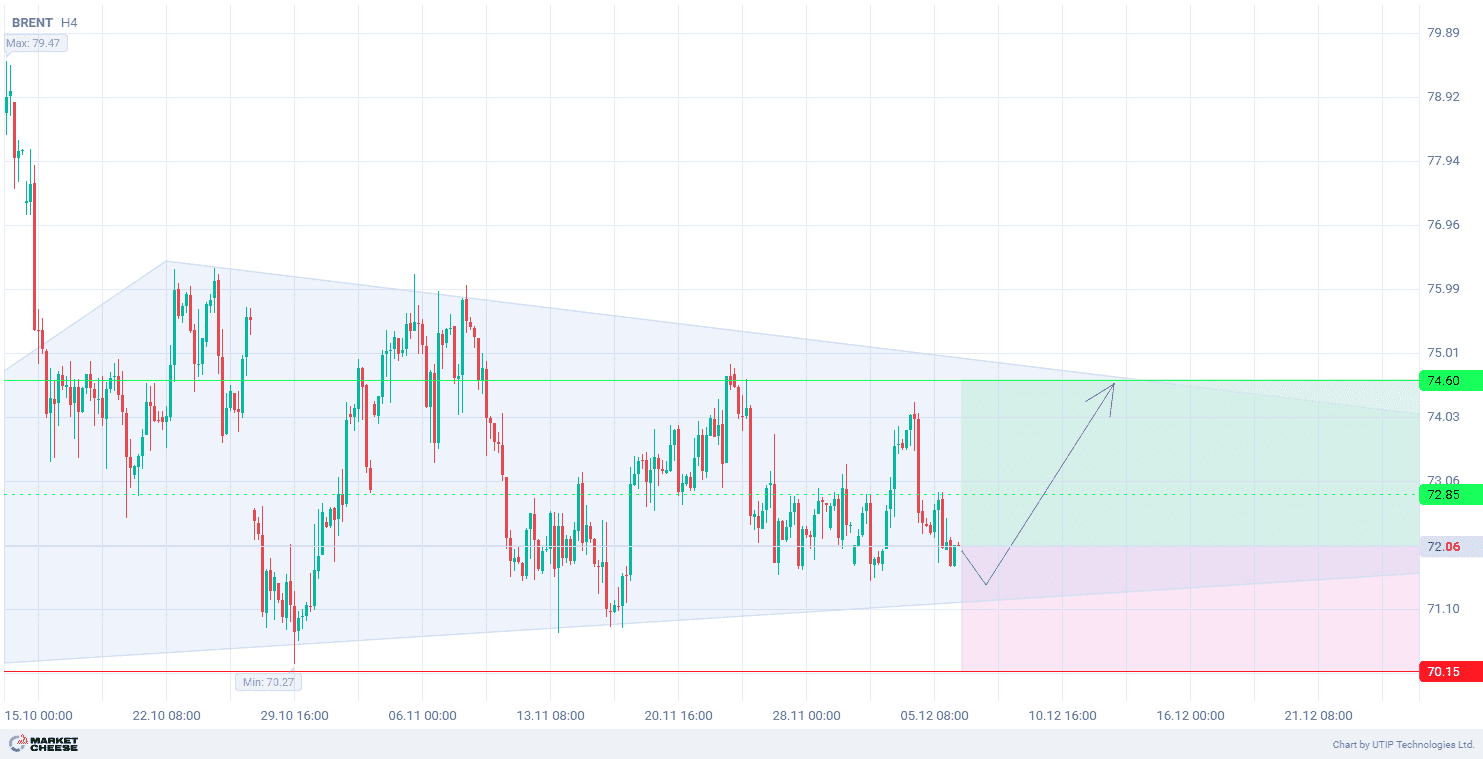Gold prices remained stable on Monday after the release of data showing a decline in US inflation. This raised hopes for interest rate cuts by the Federal Reserve (Fed) this year.
Friday’s personal consumption expenditures (PCE) price index pointed to a 2.6% increase after a rise of 2.7% in April. These figures were in line with economists’ expectations. According to CME’s FedWatch tool data, traders are pricing in a 63% chance of the first rate cut in September. Lower interest rates reduce the opportunity cost of holding non-yielding bullion.
Meanwhile, the ongoing geopolitical tensions and uncertainty about the outcome of the snap elections in France provide some support to gold as a safe-haven asset. At the same time, the growing odds of a Trump presidency have raised concerns about the imposition of aggressive tariffs, which could accelerate inflation and drive interest rates higher. This pushes the US Treasury bond yields to a multi-week high, limiting an increase of the non-yielding yellow metal.
Market attention this week will shift to Fed Chairman Jerome Powell’s speech on Tuesday. This will be followed by the release of the Fed’s latest monetary policy meeting minutes on Wednesday and US labor market data on Friday.
At the technical level, gold prices are forming an uncertainty pattern in the form of a triangle on the D1 timeframe. The price, being near strong trend support, shows signs of a pullback from it on the H4 timeframe. The moving Stochastic Oscillator (standard values) approaches the oversold zone, increasing the probability of the price exit from the triangle in the upward direction.
Signal:
The short-term outlook for GOLD suggests buying.
The target is at the level of 2,390.00.
Part of the profit should be taken near the level of 2,350.00.
A stop-loss could be placed at the level of 2,280.00.
The bullish trend is short-term, so trade volume should not exceed 2% of your balance.










